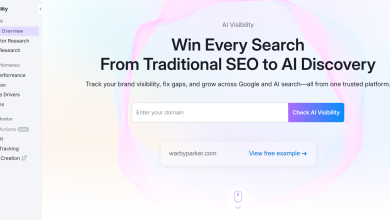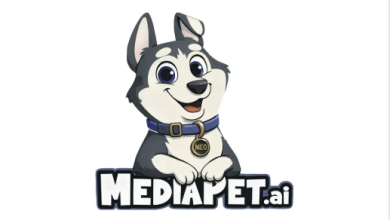
A Turning Point for AI
By the end of 2022, talk about artificial intelligence was front and center – for good reason. We’re in a time in which it feels like machine learning hits new milestones on a weekly basis.
As AI capability grows, so does its potential for real impact on the commercial realm. The advertising world is no exception: marketers, technologists and advertisers across the board will likely find that they occupy an increasingly AI-driven field as new possibilities open up.
Though it seems sudden, much of what the ad industry will see with AI is really the continuation of existing trends. After all, AI models already underpin many major advertising mechanisms. They already assist in targeting and optimization, automating manual processes within the marketplace, and measuring impact and ROI. As we move closer to a cookieless future, we’ll see them rise even more in prominence in optimization, targeting, automation, and measurement.
We’ll very likely see another interesting and more unexpected AI-driven shift thanks to the recent explosion of generative AI.
Generative AI is an umbrella term that covers the kinds of models that have gotten a lot of attention recently: those that go beyond information processing and instead move into novel content creation. The type of content can vary: whether it’s blog posts, music, coding, or even knitting patterns, generative AI has (sometimes controversially) tried its hand at it. Think of the AI names that have dominated headlines recently: DALL-E 2, Jasper, Midjourney, Lensa, and the buzziest of the group: ChatGPT. All of them do slightly different things, but share the singular underlying trait of some kind of content creation.
Creative Content and Advertising
Creation proliferates in the advertising industry; it has to. As a trade built on attention and differentiation, it’s crucial that advertising maintains a near-limitless capacity for creative invention. Needless to say, the potential to automateparts of that invention is poised to be a major disruptor.
Consider the creative behind an ad campaign: even with advanced tools, making this content isn’t always quick, and is simply outside of the skill set for many businesses and entrepreneurs. Generative AI can bridge that gap. AI tools are already able to generate static visuals, text and even video for users with no creative background. The implications for advertising are obvious. With AI, more sellers can create an array of content that opens the doors to advertising: images, copy, social media posts and even video can be created without committing to a freelancer or creative team that might be outside of their budget. For more advanced operations, AI could be used to scale operations by handling smaller creative requests and drafts. This could not only increase output, but also free creative professionals to focus on more intensive and creatively challenging projects.
In a similar vein, generative AI can also be used by experts to automate the process of A/B testing. With A/B testing, advertisers create and compare multiple versions of an ad to see which one performs best. They then pinpoint what changes optimize performance. This can be time-consuming and resource-intensive to do manually. An AI system can be enlisted to quickly generate and test hundreds or thousands of different variations for a marketing team. That kind of scale that would allow them to identify the most effective changes with more thorough data, faster.
Humans aren’t going away
Though AI will almost certainly see widespread adoption, there is no reason to expect that it will completely supplant the human element in creative work. After all, even the most powerful prompt-based models still require human intervention at both ends of operation. Image generators like DALL-E 2 and Midjourney rely on user input, and respond best to experienced and knowledgeable practitioners. (Consider: a photographer familiar with best practices is far more likely to extract high quality images from these models than a casual user, because of their ability to provide stronger, clearer direction.)
We’re also not yet at a stage where AI can be trusted as an infallible source. Language models like ChatGPT have been known to return plausible-sounding-but-inaccurate answers to questions. DALL-E 2 struggles to generate coherent text — or human hands (the stable diffusion “claw” is a well-known tell for AI-generated artwork). Though AI tools are phenomenal right now for first iterations, commercial operations would be well-served to run their output through several layers of human refinement before they go public.
Ethical Considerations
There’s room for significant optimism about the future of applied AI in the advertising world, and for its potential to exist productively alongside humans. That said, there are very real ethical questions to consider with the use of creative AI, and we do still need to answer them. Questions of ownership, training content, originality and duplication remain major legitimate concerns. Responsible implementation of AI will mean doing significant work to navigate and resolve these issues as we work towards large-scale applications.
For better or for worse, Pandora’s box has been opened with AI. At this juncture, AI tools aren’t going anywhere, and they offer both significant challenge and promise. Instead of fretting about future harm, the advertising world is best served by acting now to understand them while being thoughtful about how they’re used. The sooner we can achieve this, the more likely we are to successfully navigate the waters ahead and unlock amazing creative possibilities at a new scale.





